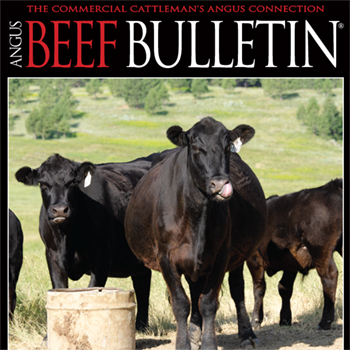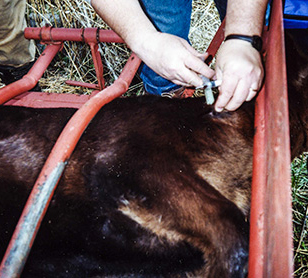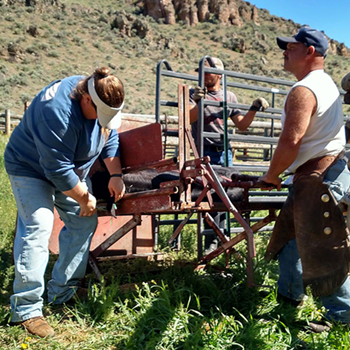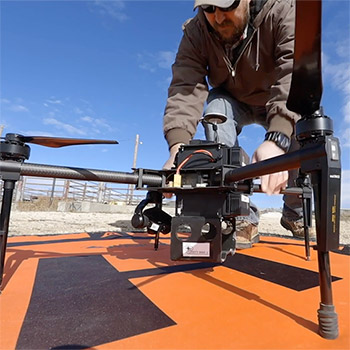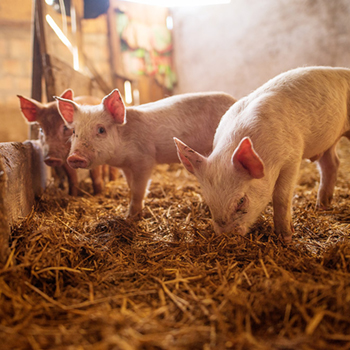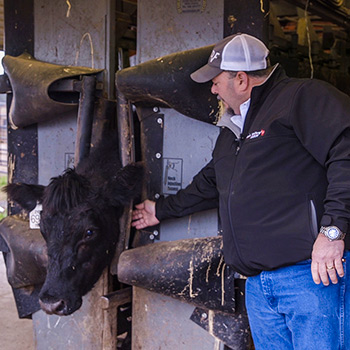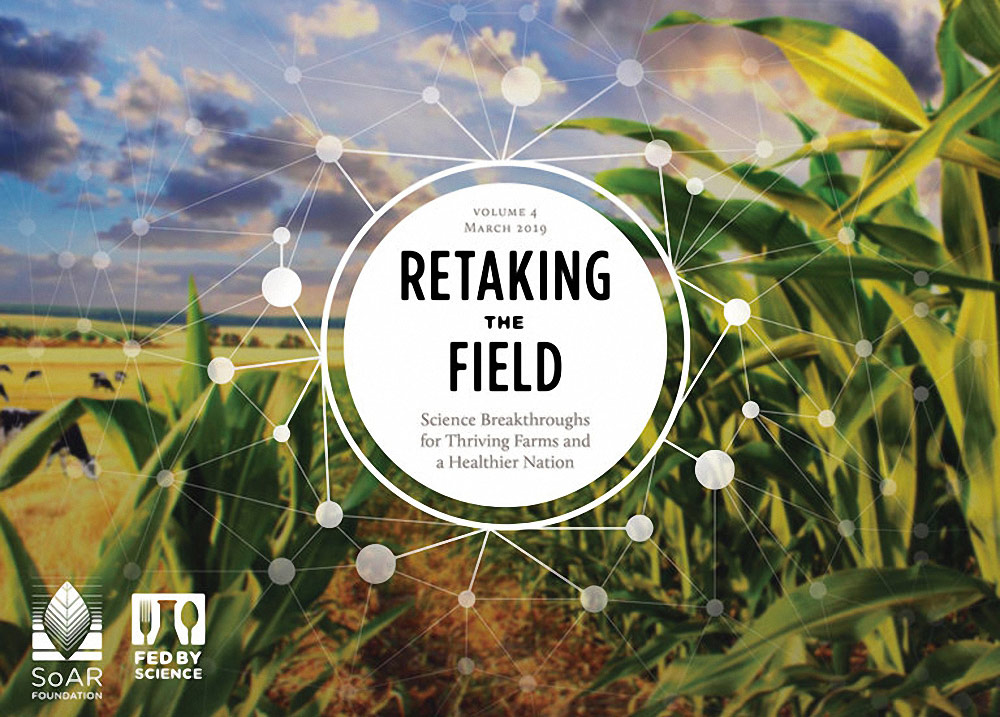
Supercharge Ag
New report identifies how to supercharge ag science in the United States.
A new report issued March 27 shows how U.S. farmers — facing a surge of weather events and disease outbreaks — can increase production and revenues with innovations produced by federally funded agricultural research.
The United States needs to increase its investment in agricultural research or it risks falling further behind China, according to a new report issued by the Supporters of Agricultural Research, or SoAR, Foundation and 20 FedByScience research institutions.
Cristine Morgan, associate professor in the department of soil and crop sciences at Texas A&M University, is featured for her team’s work on improving the way scientists measure and communicate the value of soil. Morgan and others promote soil health through practices such as no-till conservation, which preserves and promotes water quality.
The new report, Retaking the Field: Science Breakthroughs for Thriving Farms and a Healthier Nation, highlights research projects in the five “science breakthrough” areas identified as the most important fields to advance in agriculture by the year 2030: genomics, microbiomes, sensors, data and informatics, and transdisciplinary research.
These areas were determined by the National Academies of Sciences, Engineering and Medicine as part of a widespread scientific effort to prioritize agricultural research endeavors.
“Investments in these five science breakthroughs will allow us to achieve a number of broader goals for food and agriculture in the U.S. in the next decade,” said Thomas Grumbly, SoAR president. “But these advancements aren’t possible without federal funding for the research needed to tackle agriculture’s greatest problems. Farmers are getting hammered right now, and they need innovation to at least soften the blows.”
Representatives from the agricultural and science sectors reconvened earlier this year to identify research goals that can only be achieved through advancing the five science breakthrough areas. They concluded that by 2030, innovations in agricultural research like the projects highlighted in the report will be able to:
- Reduce water use in agriculture by 20%.
- Reduce fertilizer use by 15%.
- Significantly reduce the need for fungicides and pesticides in plant production.
- Radically reduce the incidence of infectious disease epidemics for livestock.
- Reduce the incidence of foodborne illnesses by 50%.
- Increase the availability of new plant varieties and animal products to deliver food with enhanced nutrient content.
The report shows how scientists funded by USDA’s National Institute of Food and Agriculture are leveraging federal resources to advance the five breakthrough areas.
The report can be viewed at https://supportagresearch.org/.
Editor’s note: Blair Fannin is a media relationship specialist with Texas A&M AgriLife Extension.

